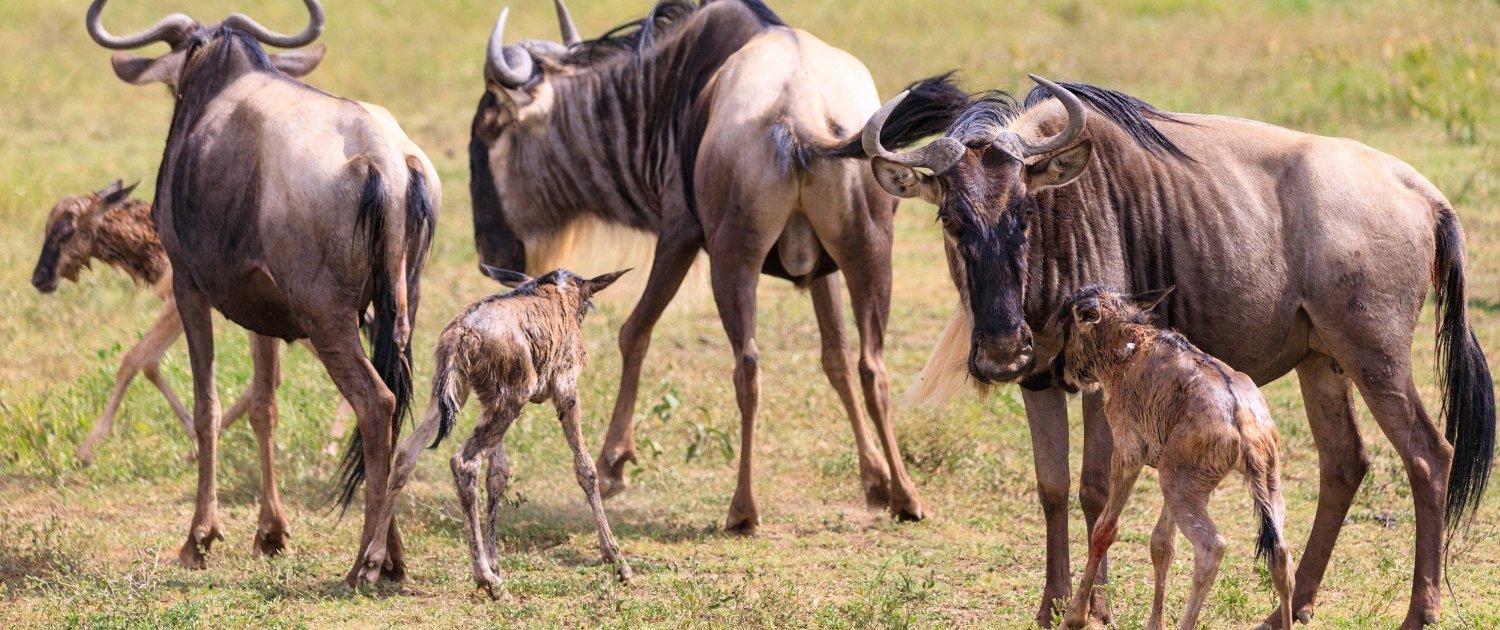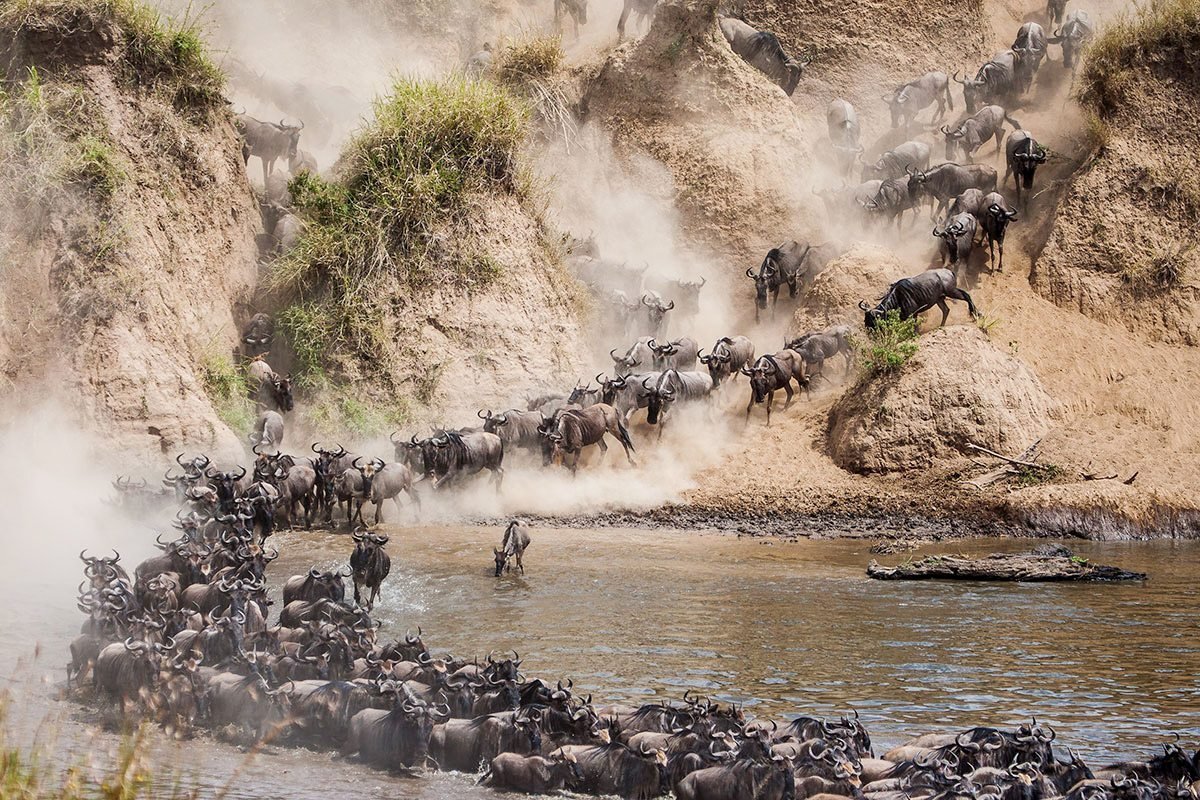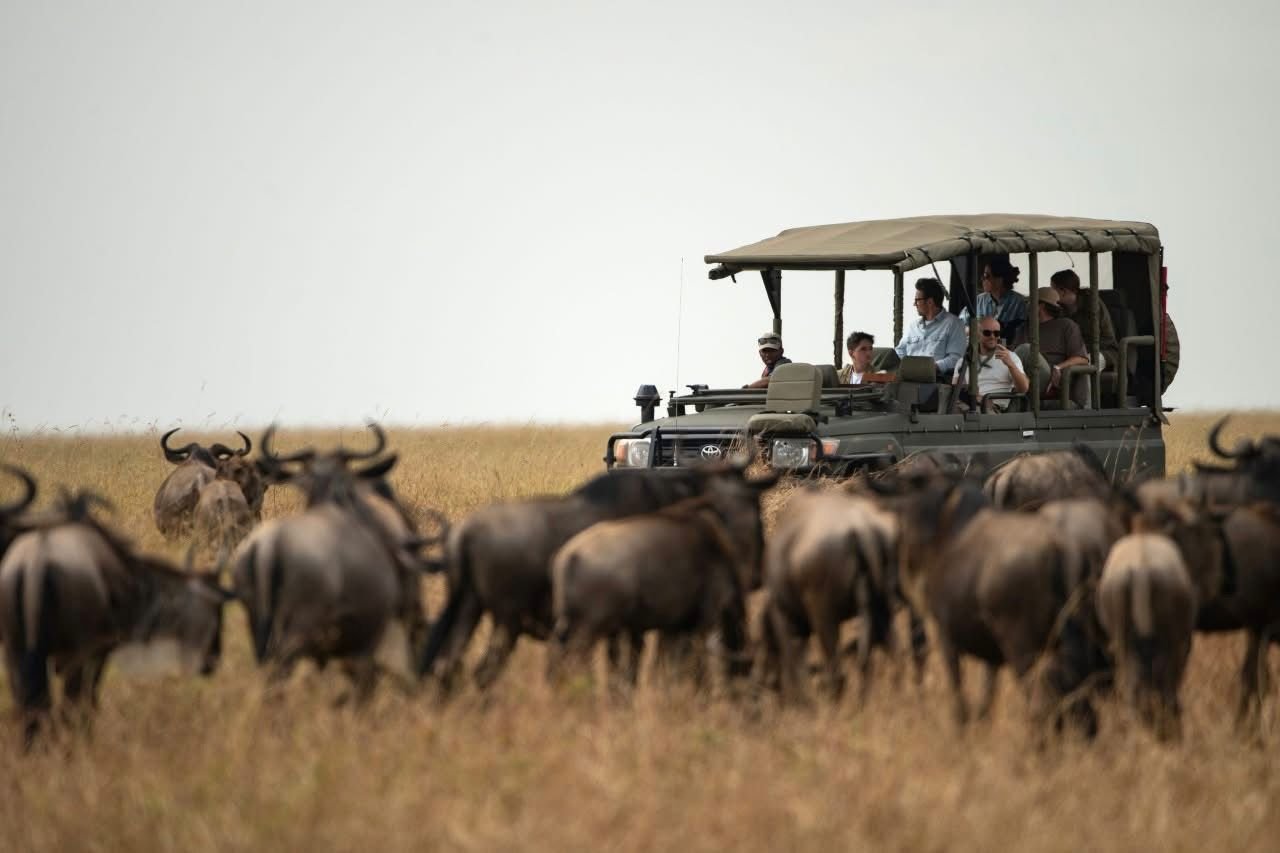The Serengeti National Park in Tanzania is one of the most iconic safari destinations in the world. Famous for its vast golden plains, abundant wildlife, and the legendary Great Wildebeest Migration, it offers an unmatched safari experience. While the Serengeti is breathtaking year-round, the timing of your visit can significantly shape your experience.
In this article, we’ll guide you through the best time to visit the Serengeti, with insights into the Great Migration, seasonal highlights, and practical tips for planning your dream safari.
Understanding the Serengeti Seasons
The Serengeti has two main seasons:
- Dry Season (June to October)
- Wet Season (November to May)
Both seasons offer unique safari experiences, but the timing of the Great Migration is the most influential factor for many visitors.
The Great Migration: A Natural Wonder
The Great Migration is one of Earth’s most remarkable wildlife spectacles. Over 1.5 million wildebeest, accompanied by hundreds of thousands of zebras and gazelles, move across the Serengeti in search of fresh grazing land and water.
The migration is not a one-time event—it’s a year-round cycle. Depending on when you visit, you can witness different dramatic moments:
January – March: Calving Season (Southern Serengeti & Ndutu Plains)
This is the time when the wildebeest give birth. Over 500,000 calves are born within weeks. Predators like lions and hyenas are never far behind, making it an intense period for wildlife viewing.

April – May: Green Season (Central Serengeti)
The herds begin to move northwards. This is the quieter travel season, with lush landscapes, fewer crowds, and excellent photography opportunities.
June – July: Grumeti River Crossing
The wildebeest face their first big challenge: crossing the crocodile-infested Grumeti River. This is a thrilling and dramatic spectacle.
July – October: Mara River Crossings (Northern Serengeti & Masai Mara)
Perhaps the most famous phase of the migration, this is when the herds attempt to cross the Mara River, facing powerful currents and predators. If you want to see the iconic river crossings, this is the best time.

November – December: Return South
The herds head back to the southern Serengeti to complete the cycle, setting the stage for calving season once again.
Dry Season (June – October): Peak Safari Time
- Best for: Classic game drives, predator sightings, and river crossings.
- Pros: Clear skies, easier wildlife spotting, fewer mosquitoes.
- Cons: Higher prices and more tourists.
Wet Season (November – May): Green & Calving Season
- Best for: Lush scenery, birdwatching, and dramatic predator-prey interactions.
- Pros: Fewer crowds, lower rates, incredible photography.
- Cons: Some roads may be muddy, wildlife is more scattered.
Tips for Planning Your Serengeti Safari
- Book Early – Especially during peak migration months (June–October), lodges and camps fill up quickly.
- Choose Location Wisely – The Serengeti is vast; where you stay matters depending on the migration’s location.
- Go with a Guide – Local guides have real-time knowledge of animal movements.
- Consider Combination Safaris – Pair your Serengeti trip with Ngorongoro Crater or Zanzibar for a well-rounded adventure.
Final Thoughts
The Serengeti is magical no matter when you visit. If witnessing the Great Migration is your goal, timing is crucial: calving season (Jan–Mar) for drama, or river crossings (Jun–Oct) for heart-stopping action. For quieter, budget-friendly safaris, the green season is equally rewarding.
Whenever you decide to go, the Serengeti promises an unforgettable journey into the heart of Africa’s wilderness.
